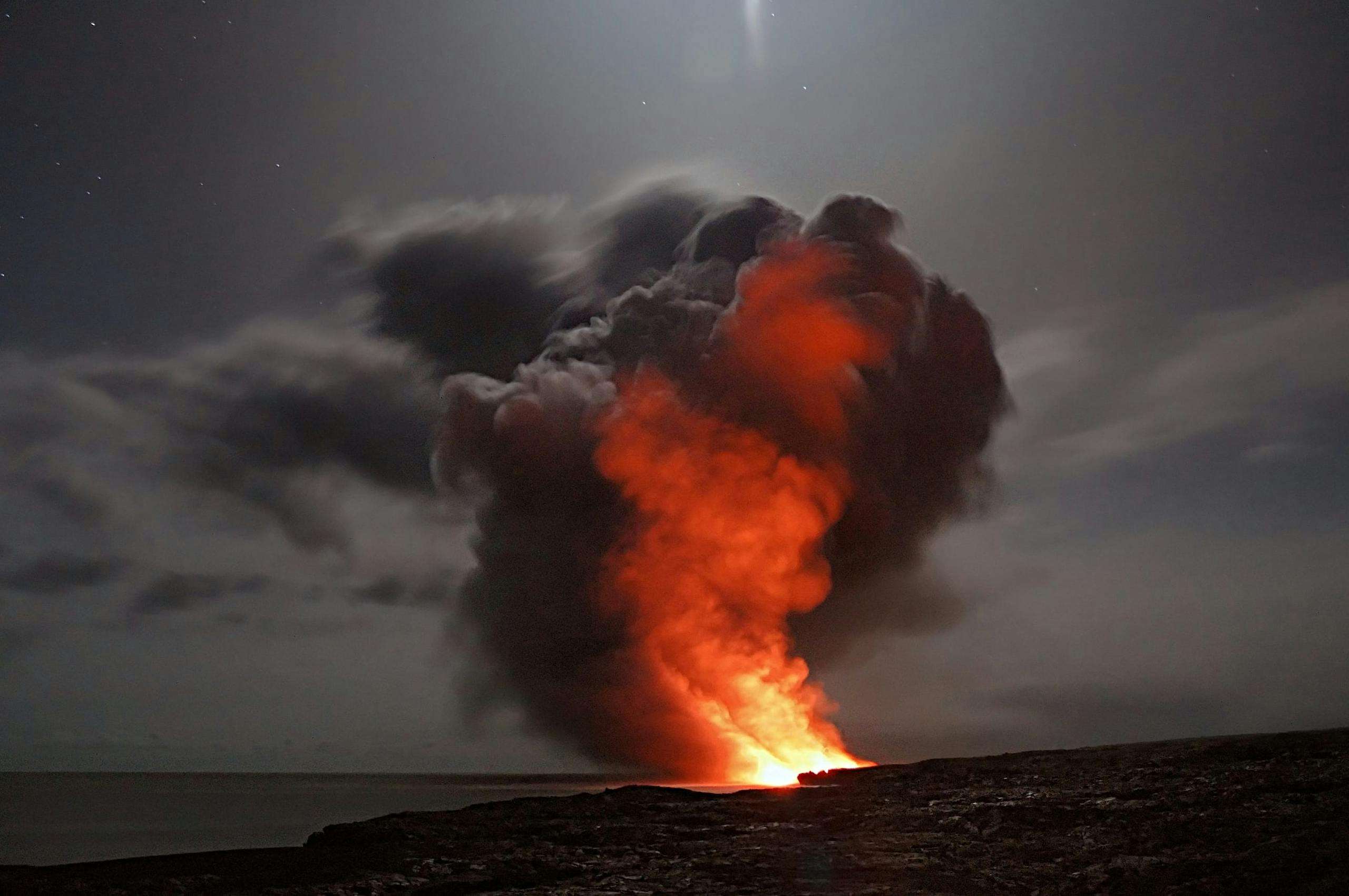7 Terrifying Facts About Nuclear War Everyone Should Know! ☢️🔥
Introduction
The mere mention of nuclear war is enough to send shivers down anyone’s spine. It’s a scenario we all hope remains confined to history books and dystopian films. But the truth is, the risk of nuclear conflict is still very real—and perhaps even more dangerous today due to modern technology, international tensions, and misinformation.
Many people assume the Cold War ended the nuclear threat, but the stockpiles remain, treaties are being challenged, and new players have entered the nuclear arena. Understanding the magnitude of this danger isn’t just for politicians and scientists—it’s essential for everyone.
In this blog, we uncover 7 terrifying facts about nuclear war that every person on the planet should know. These facts are not meant to spread fear, but rather awareness—because only through awareness can we advocate for peace, informed leadership, and global cooperation.
Whether you’re a student, an activist, a parent, or simply a concerned global citizen, this read will open your eyes to the frightening truths we can’t afford to ignore.
1. A Full-Scale Nuclear War Could Kill Billions
If just a fraction of the world’s nuclear weapons were used, the results would be catastrophic. According to scientists, a full-scale nuclear exchange between major powers like the U.S. and Russia could immediately kill over 100 million people.That’s just the beginning. The aftermath—including radiation poisoning, famine, and infrastructure collapse—could raise the global death toll to over 2 billion.
A study by Nuclear Famine estimates even a limited regional conflict could lead to the starvation of over a billion people.
2. Nuclear Winter Is a Real Threat
Most people associate nuclear weapons with explosions, but few understand the long-term climate effects. When cities are vaporized, the smoke and soot enter the stratosphere and block sunlight.This can trigger a “nuclear winter”—a drastic drop in global temperatures that could last for years. Crops would fail, food chains would collapse, and global agriculture would be devastated.
The risk of a planet-wide famine is very real, even from a relatively small-scale exchange between nations.
3. There Are Over 12,500 Nuclear Weapons Today
Despite efforts to disarm, nuclear stockpiles still exist in dangerous numbers. According to the Federation of American Scientists, there are currently over 12,500 nuclear weapons in the world.The U.S. and Russia possess over 90% of them, but nations like China, France, India, Pakistan, North Korea, and the UK also maintain arsenals.
With growing tensions in Eastern Europe and the Asia-Pacific, the risk of miscalculation or escalation is higher than most people realize.
4. Nuclear Detonations Cause Generational Harm
Beyond the immediate casualties, radiation causes long-term genetic damage. Survivors of Hiroshima and Nagasaki experienced higher rates of cancer, birth defects, and chronic illness for decades.Radioactive fallout contaminates water, air, and soil, rendering large areas uninhabitable. Children born in contaminated zones often suffer severe developmental issues.
This isn’t just history—it’s a warning about what could happen on a much larger scale today.
5. Many Nuclear Weapons Are on Hair-Trigger Alert
Hair-trigger alert means that nuclear missiles are ready to launch within minutes after detection of a potential attack.This policy increases the chance of accidental war due to false alarms or cyberattacks. There have already been several near-misses—like the 1983 Soviet false alarm incident, when a malfunction almost triggered a nuclear response.
In a world filled with artificial intelligence and hacking risks, the margin for error has never been thinner.
6. Treaties Are Weakening and Tensions Are Rising
Several critical nuclear arms control agreements, such as the INF Treaty, have been abandoned in recent years. The New START Treaty is set to expire soon, and no new agreement is in place.This leaves the world vulnerable to a new arms race.
Tensions between NATO and Russia, U.S. and China, and conflicts involving North Korea and Iran make diplomacy more complex than ever. Without strong agreements and trust, the path to nuclear disaster becomes shorter.
7. A Single Nuclear Bomb Can Destroy a Modern City
One nuclear bomb dropped on a major urban area would cause unimaginable destruction.Estimates suggest that a 500-kiloton bomb (a common warhead size) could kill over 1 million people instantly and level everything within a 5-mile radius.
Hospitals, emergency response, and infrastructure would collapse. Survivors would be left in a post-apocalyptic world with no support systems.
Unlike natural disasters, nuclear attacks are 100% preventable—but only with global cooperation.
What Can You Do?
Even though the facts are terrifying, knowledge is power. Educate others about the risks, advocate for disarmament, and support policies that reduce nuclear tensions.Stay informed and share resources with friends, family, and followers. Every voice counts in the fight for a safer future.
Conclusion
Nuclear war isn’t just a theoretical nightmare—it’s a current global threat that demands awareness and action. These seven terrifying facts show that the stakes are higher than most people realize, and ignorance is not an option.Let this be your wake-up call to learn more, speak up, and advocate for peace.
Together, we can push for a future where nuclear weapons are relics of the past—not threats to our survival.
📲 Join our inspiring WhatsApp community for global learners and thinkers: WhatsApp community


